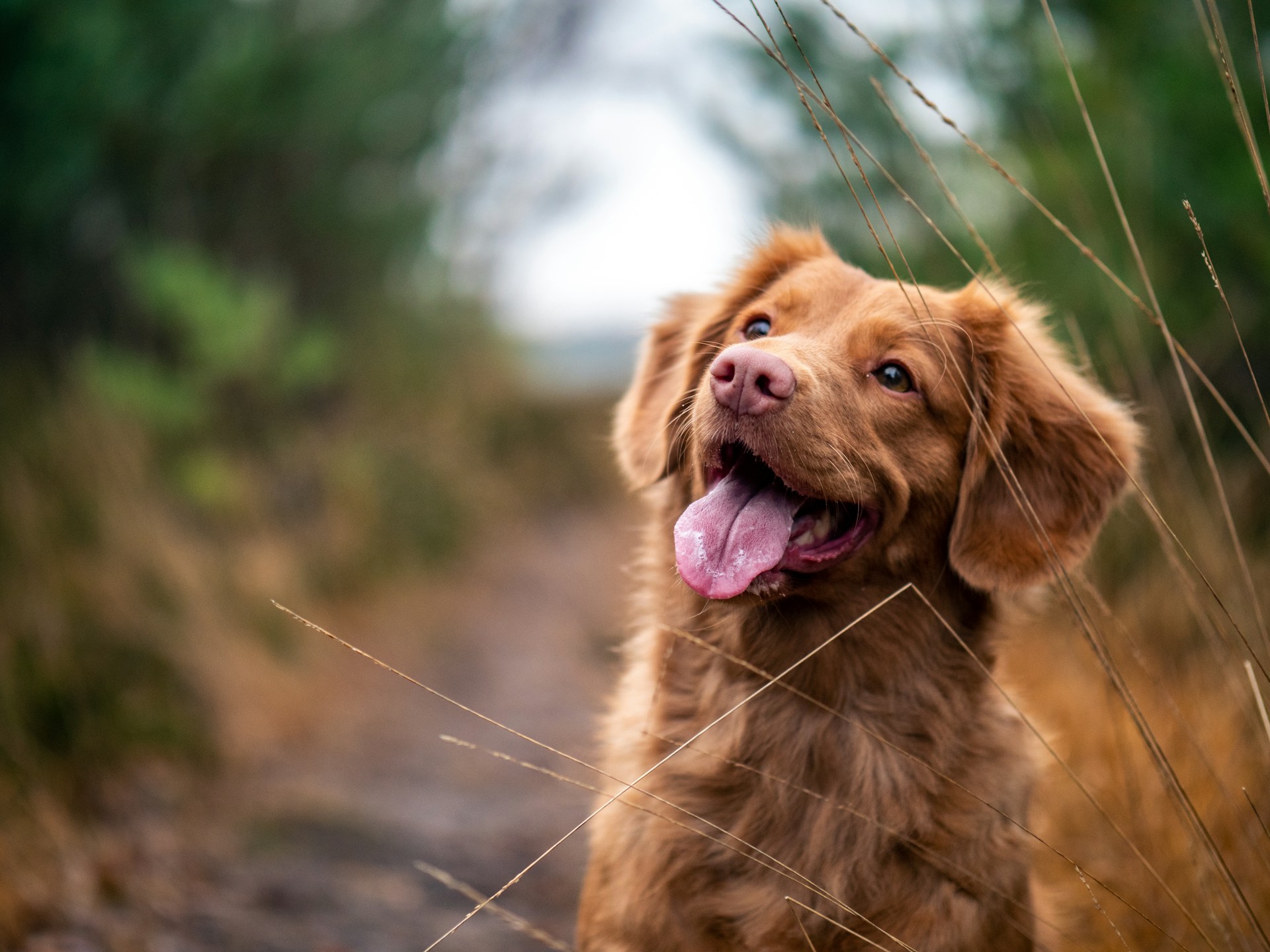How Extreme Heat Affects Your Pets & What to Do About It
Extreme heat can be deadly for your pet. When the temperature rises, your furry friend faces risks that can spiral out of control fast. They don’t sweat like we do. They can’t just strip off their fur. And they depend on us to notice when something is wrong.
Dogs and cats don’t sweat all over. Most of their cooling comes from panting or tiny sweat glands in their paws. That is not enough when the air feels like an oven. So, when the heat spikes, they heat up fast.
They are also closer to the ground. A dog walking on a blacktop is just inches from a surface that can fry an egg. That pavement could be 60 degrees hotter than the air. One minute of walking can burn paws. You can’t always see the damage right away, but it hurts like hell.
You might think your pet’s fur helps with the heat, and sometimes it does. But in extreme heat, thick fur can trap body heat. Some breeds, especially those with double coats, are like wearing a winter coat in July. That said, don’t go shaving your dog bald. Fur also protects from sunburn and helps regulate body temperature.
Short-nosed breeds like pugs, bulldogs, and Persian cats have an even harder time. They already struggle to breathe. Add hot, heavy air to the mix, and panting becomes useless. These breeds can overheat quicker than you can grab a fan.
Extreme heat turns parked cars into ovens. And it doesn’t take long. A car’s inside temperature can jump 20 degrees in just 10 minutes, even if you crack the windows. That can push the temperature past 50°C (122°F) in no time.
Your dog can suffer brain damage or die in less than 6 minutes. That is not an exaggeration. It is why some states make it illegal to leave pets in cars during a heatwave. If you wouldn’t sit in there with the windows up, your pet shouldn’t either.
Signs of Heatstroke in Pets & Things to Do

Jamie Street / Unsplash | Excessive panting, drooling, restlessness, bright red gums, and seeking cool surfaces are the signs of heat-related distress.
At first, your pet might just seem extra tired or pant a little more than usual. Then they get drooly. Then dizzy. Their gums might turn red. If they start puking or have diarrhea, things are getting bad fast.
Later-stage heatstroke is ugly. Collapsing, shaking, blue or purple gums, and passing out are signs you are almost out of time. This is a medical emergency. Get them cool and get them to the vet.
Here’s a quick trick: Gently pinch the loose skin between your dog’s shoulders and let go. If it snaps back right away, they are probably okay. If it is slow or stays pinched, your pet could be dehydrated. That is a red flag in hot weather.
Also, if it is hotter than 25°C (77°F), don’t take your dog for a walk. That is not being lazy; that is saving their life. Heat exhaustion can sneak up on you, and once it starts, it is hard to stop.